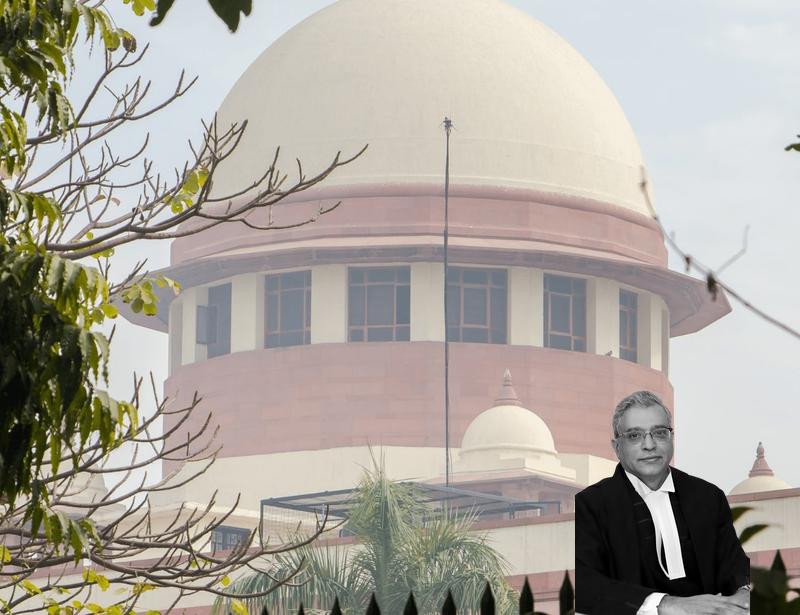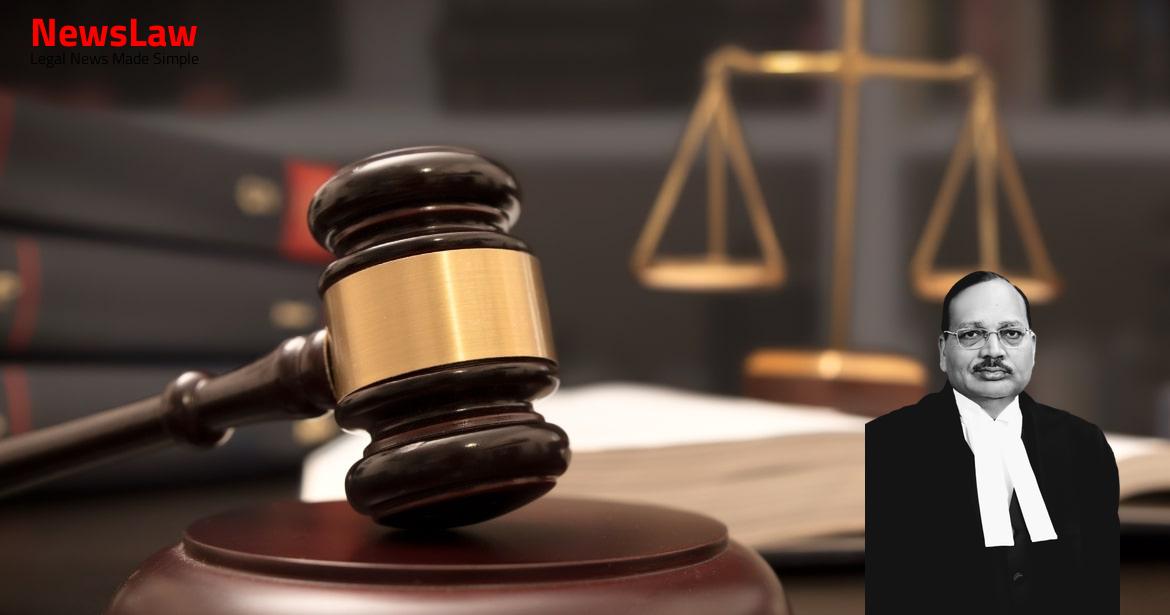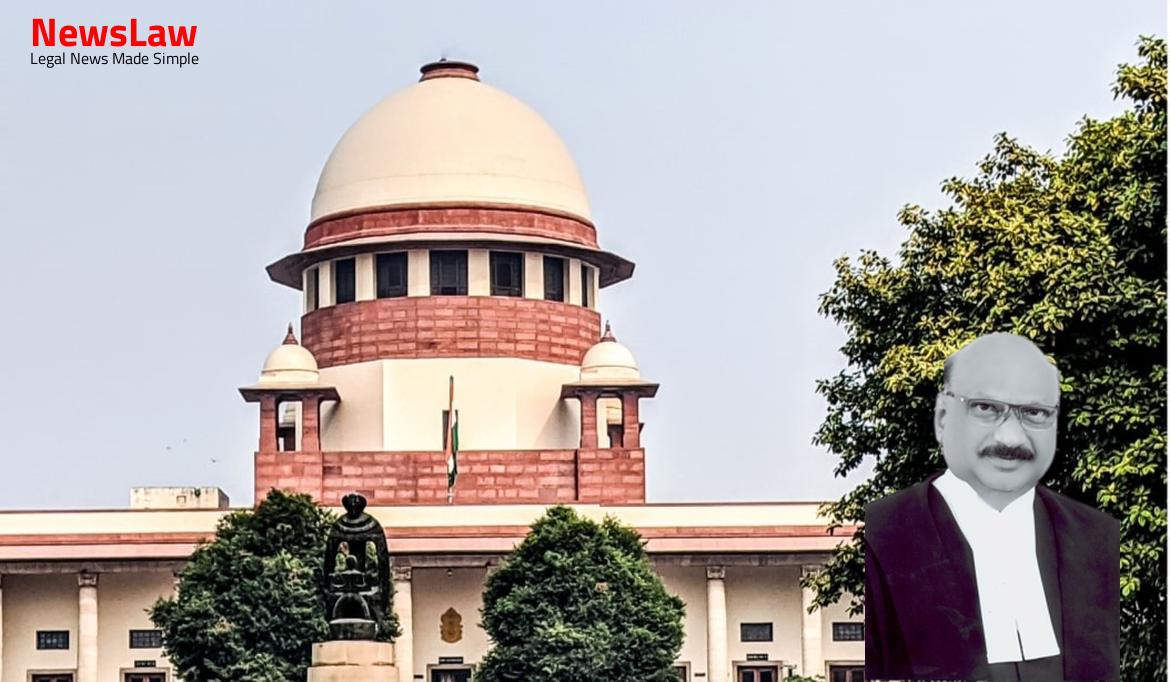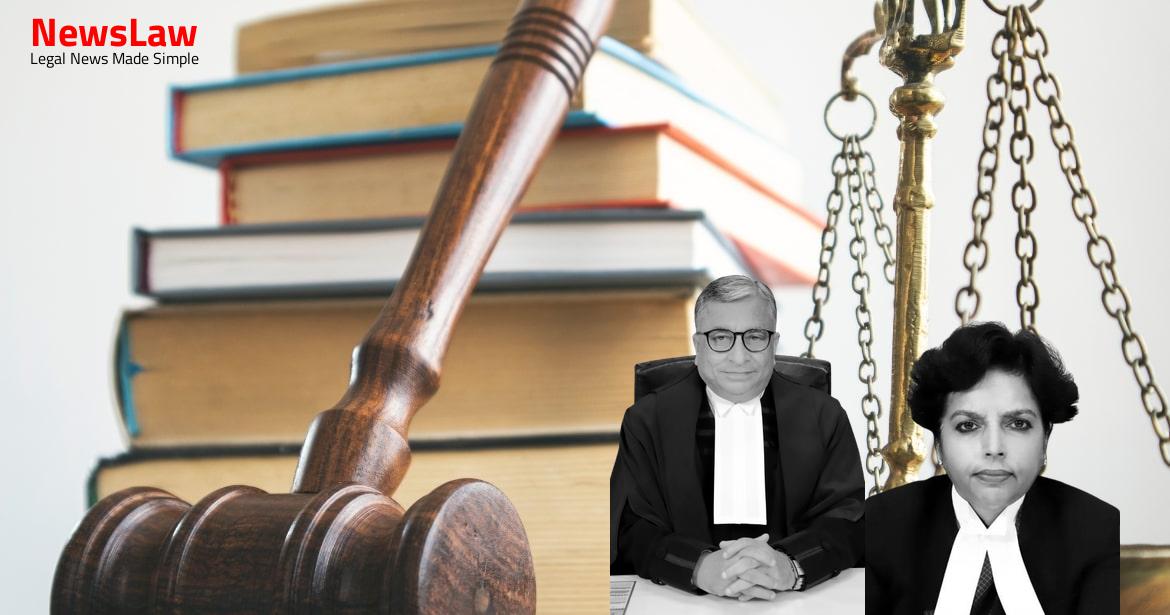The appeals challenge the judgment and order dated 5 August 2014 passed by the High Court of Delhi at New Delhi in Criminal Appeal Nos. The prosecution story, shorn of details, is as under:
Also Read: https://newslaw.in/supreme-court/supreme-court-upholds-justice-in-double-murder-case/
3.1 On 10 September 2009 at around 04.15 pm, complainant-Surat Singh, brother of the deceased Hoshiyar Singh, came to the house of the deceased and found him lying dead on the cot. 3 3.3 It is the prosecution case that Prem Singh fled away from the scene of incident and was apprehended on 12 September 2009. By the impugned judgment and order dated 5 August 2014, the High Court dismissed all their appeals.
Kapoor submitted that the present case is a case of circumstantial evidence.
Insofar as Naresh Kumar (PW-21) is concerned, he states that on the date of incident, at around 03.15 pm, he saw that the accused Prem Singh was present in his vehicle Toyota Qualis in front of the room of deceased Hoshiyar Singh, and was pressing the accelerator of his vehicle continuously and making the sound of the vehicle loud.
Also Read: https://newslaw.in/supreme-court/conviction-upheld-for-offence-under-section-342-of-ipc/
Further, in the examination-in-chief, PW-21 states that on 16 September 2009, he was called by the police at the house of the deceased Hoshiyar Singh and he went there and saw that two persons, namely Kamal Kishore, were in the custody of the police. Though, in the examination-in-chief, he states that he and Surat Singh had carried the deceased to the hospital, he states that the clothes of Surat Singh were soiled with blood but his clothes were not soiled because it was Surat Singh who was actually 7 lifting Hoshiyar Singh and he was only helping him with his hands.
It is pertinent to note that the learned Judges of the High Court have themselves noted that Naresh Kumar (PW- 21), in his cross-examination, has stated that he was shown Kamal Kishore and Manoj on 12 September 2009 in the Police Station where Kavita and Jai Singh were also present and therefore, the refusal by them for Test Identification Parade (TIP) was justified. The law with regard to conviction based upon circumstantial evidence is very well crystalised in the case of Sharad Birdhichand Sarda v. What some cases have held is only this: where various links in a chain are in themselves complete, then a false plea or a false defence may be called into aid only to lend assurance to the court. 1047] “Certainly, it is a primary principle that the accused must be and not merely may be guilty before a court can convict and the mental distance between ‘may be’ and ‘must be’ is long and divides vague conjectures from sure conclusions.”
( 2 ) the facts so established should be consistent only with the hypothesis of the guilt of the accused, that is to say, they should not be explainable on any other hypothesis except that the accused is guilty, ( 3 ) the circumstances should be of a conclusive nature and tendency, ( 4 ) they should exclude every possible hypothesis except the one to be proved, and 11 ( 5 ) there must be a chain of evidence so complete as not to leave any reasonable ground for the conclusion consistent with the innocence of the accused and must show that in all human probability the act must have been done by the accused.
Also Read: https://newslaw.in/supreme-court/judgment-altered-offence-under-section-304-part-i-to-304-part-ii/
It has been held that the circumstances should be of a conclusive nature and tendency and they should exclude every possible hypothesis except the one sought to be proved, and that there must be a 12 chain of evidence so complete so as not to leave any reasonable ground for the conclusion consistent with the innocence of the accused and must show that in all human probability the act must have been done by the accused. 1242, 936 and 1136 of 2013, and the judgment and order dated 17 May 2013 passed by the trial court are quashed and set aside.
Pending application(s), if any, shall stand disposed of.
Case Title: KAMAL Vs. STATE(NCT OF DELHI) (2023 INSC 678)
Case Number: Crl.A. No.-000465-000465 / 2017



